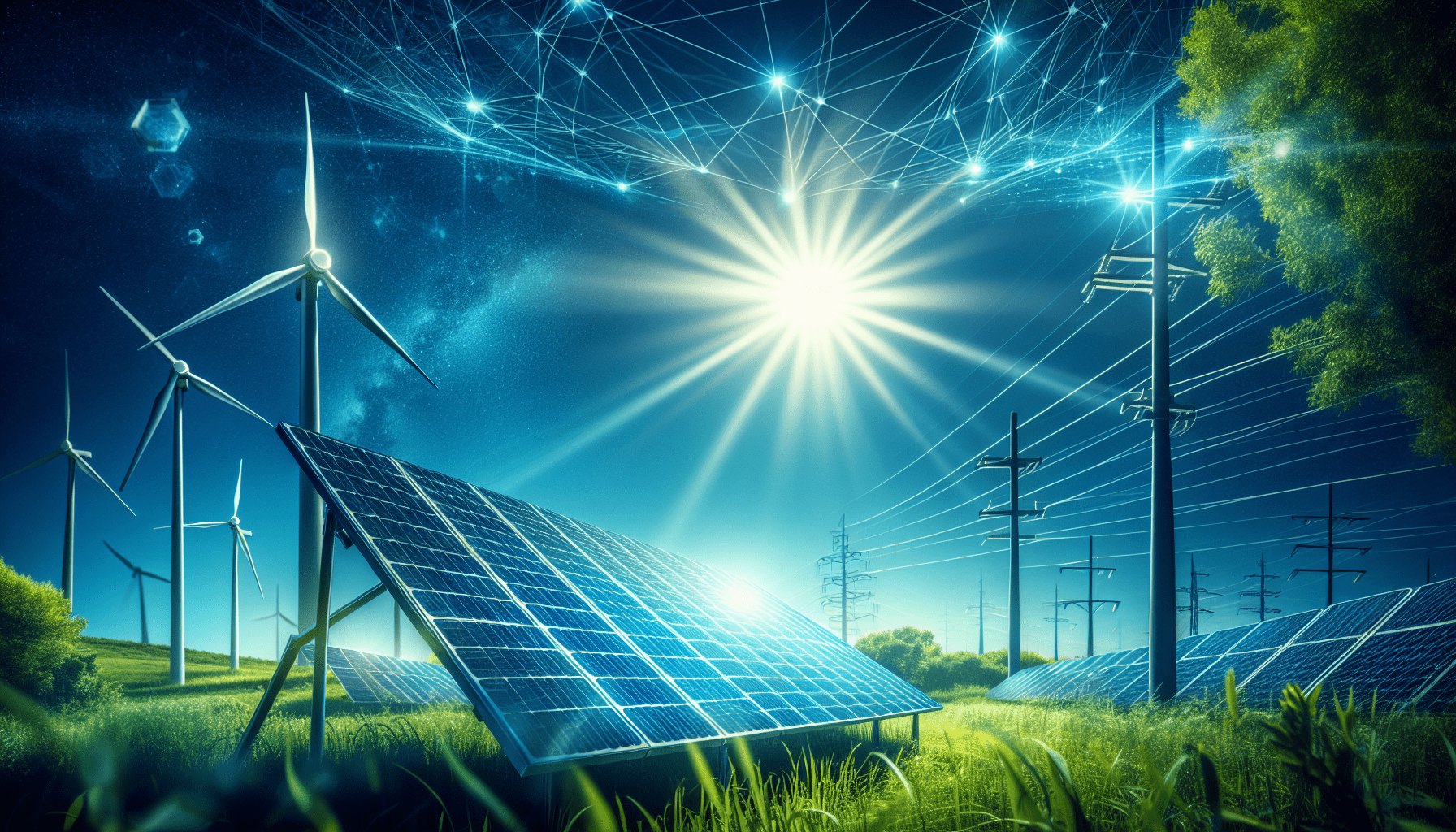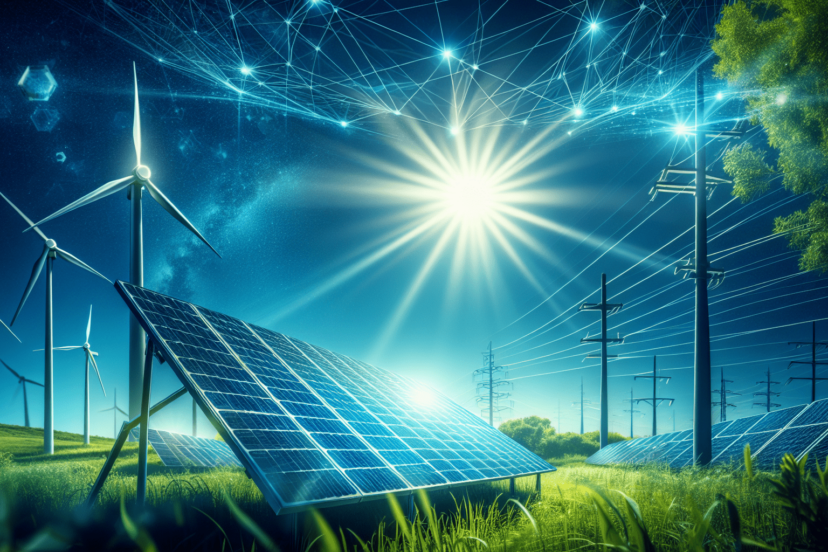Exploring Essential Solar Power Parts
As an Amazon Associate, I earn from qualifying purchases, at no additional cost to you. Disclaimer
Have you ever considered harnessing the power of the sun to meet your energy needs? Solar power technology allows you to do just that, providing an efficient, clean, and renewable energy source for homes, businesses, and even outdoor adventures. Understanding the essential parts of a solar power system can help you design, maintain, or even troubleshoot your own system for optimum performance.

Click Here to Go Solar and Save
Introduction to Solar Power Systems
Solar power systems capture sunlight and convert it into electricity. This renewable energy source is gaining popularity due to its environmental benefits and potential cost savings over time. When you decide to switch to solar energy, it’s important to understand the various components involved and how they work together.
The Core Components of a Solar Power System
To leverage solar energy, several core components work in harmony. Each part plays a crucial role in ensuring that the solar power system is efficient, reliable, and suited to your specific energy needs.
Solar Panels
Solar panels are arguably the most recognizable part of a solar power system. These are the devices that directly capture sunlight and are typically made of photovoltaic (PV) cells. PV cells are responsible for converting sunlight into electrical energy. The efficiency, size, and type of solar panel you choose can greatly affect your system’s performance.
Types of Solar Panels
Monocrystalline Solar Panels: Known for their high efficiency and sleek appearance, these panels are made from a single, pure crystal of silicon. They tend to perform better in low-light conditions.
Polycrystalline Solar Panels: These are made from multiple silicon crystals and tend to be less efficient but more affordable than monocrystalline panels.
Thin-Film Solar Panels: Lightweight and flexible, these are less efficient than crystalline panels but can be applied to a variety of surfaces.
Inverters
Inverters play a critical role by converting the direct current (DC) generated by solar panels into alternating current (AC), which is used by most household appliances and the grid. There are different types of inverters, each serving unique needs.
Types of Inverters
String Inverters: Typically used in residential systems, string inverters connect multiple solar panels in series.
Microinverters: Installed on each individual solar panel, they allow each panel to operate independently for greater efficiency.
Power Optimizers: These are paired with string inverters to enhance efficiency by optimizing the performance of each panel.
Mounting and Racking Systems
The mounting and racking system is as essential as the solar panels themselves. It provides the necessary support and stability to ensure that panels are securely installed, whether on rooftops or ground mounts.
Installation Types
Roof-Mounted Systems: Ideal for urban settings, these systems conserve space by utilizing the existing structure of a building’s roof.
Ground-Mounted Systems: These allow for more extensive solar arrays, often used in rural areas or large solar farms.
Batteries
A solar battery stores excess energy generated by your solar panels for use when sunlight is not available, such as during the night or on cloudy days. This component is vital for those looking to achieve energy independence or as a backup during power outages.
Types of Solar Batteries
Lead-Acid Batteries: Traditionally used in off-grid systems, they offer reliability but require more maintenance.
Lithium-Ion Batteries: Becoming increasingly popular, these offer longer lifespans, more efficiency, and require less maintenance.
Charge Controllers
The charge controller regulates the voltage and current coming from your solar panels to prevent battery damage. It ensures that batteries are not overcharged during peak sunlight or excessively drained at night.
Click Here to Power Your Home with Solar
Auxiliary Components and Accessories
While the core components form the backbone of a solar power system, auxiliary parts also play a significant role in enhancing the functionality and safety of the entire setup.
Junction Boxes
A junction box is where all electrical wires from solar panels converge. It serves as a central hub that ensures safe and organized electrical connections.
Disconnect Switches
These switches provide a quick and safe way to disconnect the solar power system for maintenance or in case of anomalies.
Wiring and Cabling
Proper wiring and cabling are crucial for reducing energy loss. Cables carry the current produced by solar panels to batteries and inverters, requiring materials capable of handling high voltage and weathering environmental exposure.
Integrating Solar Power into Your Lifestyle
When integrating solar power into your lifestyle, it’s helpful to consider your specific energy needs and goals. Whether you aim to reduce your carbon footprint or achieve complete energy independence, understanding each component’s role and functionality is key.
Residential Systems
For homes, solar power can range from small grid-tied systems, which reduce energy bills, to comprehensive off-grid setups ensuring self-sufficiency in remote areas.
Commercial Systems
Businesses can adopt solar power to reduce operational costs significantly while promoting sustainability. Often, they need larger and more complex systems compared to residential setups.
Portable and Flexible Solar Solutions
For those who need energy on the go, portable solar panels and flexible solar solutions offer versatility and convenience. These are particularly useful for camping, RVing, or emergencies.
Examples of Portable Solutions
Solar Chargers: Handy for keeping small devices like phones and tablets charged on the move.
Foldable Solar Panels: These offer larger energy outputs while being easily transportable.

Click Here to Discover Solar-Powered Solutions
Understanding Financial and Environmental Impacts
Switching to solar power involves considering both the upfront costs and long-term savings. Moreover, assessing the environmental impact and aligning it with personal or organizational values highlights the added benefits of solar energy.
Cost Considerations
While the initial investment in solar power can be significant, tax credits, government rebates, and the falling cost of technology often make it more accessible. In the long run, solar energy can lead to substantial savings on utility bills.
Environmental Benefits
Solar energy is a clean, renewable resource that significantly reduces carbon emissions. By harnessing the sun’s power, you contribute to a more sustainable planet and decrease reliance on fossil fuels.
Maintenance and Troubleshooting
Maintaining and troubleshooting a solar power system ensures it runs efficiently and effectively for years. Familiarity with potential issues and solutions helps maximize the system’s lifespan and performance.
Routine Maintenance
The key to an efficient solar power system is regular maintenance, which includes cleaning solar panels to remove dust and debris, checking connections for corrosion, and monitoring battery health.
Common Issues and Solutions
Decreased Efficiency: Often caused by shading or dirt on panels. Regular cleaning and trimming of nearby trees can solve this.
Battery Problems: Ensure batteries are correctly charged and maintained to prevent sulfation or other operational issues.
Inverter Faults: Regularly inspect for error messages and ensure proper ventilation to avoid overheating.
Future Trends in Solar Power Technology
The future of solar power technology promises exciting developments that can enhance the efficiency and flexibility of solar systems.
Technological Innovations
Advancements in materials like perovskite cells promise higher efficiency ratings and lower production costs, potentially revolutionizing solar panel manufacturing.
Smart Solar Systems
Integration of smart technologies with solar systems can optimize energy use and increase efficiency through AI-based analytics and smart meters.
Energy Storage Advancements
New battery technologies are continually emerging, providing longer lifespans, quicker charging times, and more environmentally friendly manufacturing processes.
Conclusion
As you navigate the transition to solar power, understanding the essential components can empower you to make informed decisions. Solar power offers numerous benefits, from environmental conservation to reducing energy bills, making it a sound investment for many. By choosing the right components and maintaining your solar system, you can harness the power of the sun for a brighter and more sustainable future.

